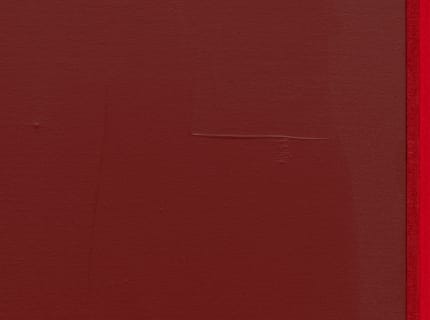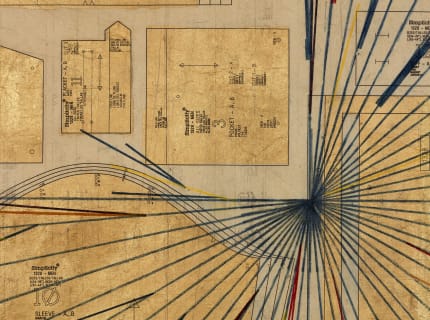Reviewing The Writing’s on the Wall: Language and Silence in Visual Arts feels like offering water to the ocean. Curated by Hilton Als, the exhibition mirrors the Pulitzer Prize-winning author’s stripped yet thorny prose — see, for instance, statements like the deceptively simple “You know what being is. It happens to you all the time,” in his 2,000-plus-word essay accompanying the show. The exhibition is relatively straightforward — though no less rich and evocative for it — asking and suggesting answers to the question: What is the relationship of language and silence to visual art? Occasionally, however, it drowns in a dense, vexed network of obscure associations that made me yearn for solid land.
The first, straightforward level of experience is defined by comprehensible works, as well as the wall texts, information contained in the Bloomberg Connects app via scannable QR codes, and Als’s curatorial essay — in other words, everything that guides a viewer toward meaning without overdetermining it. This includes works that use words as the medium, such as Christopher Knowles’s typewritten one-line experiment “Untitled (Dance)” (undated), in which “dance” repeats across the page in a kind of bodily rhythm that successively leeches the word of meaning, converting it to pure sound, as well as Ian Hamilton Finlay’s “Poster/ Poem (Le Circus)” (1964), wherein words and symbols move freely across the page in various colors and fonts — for example, “hoop” within a circle.


